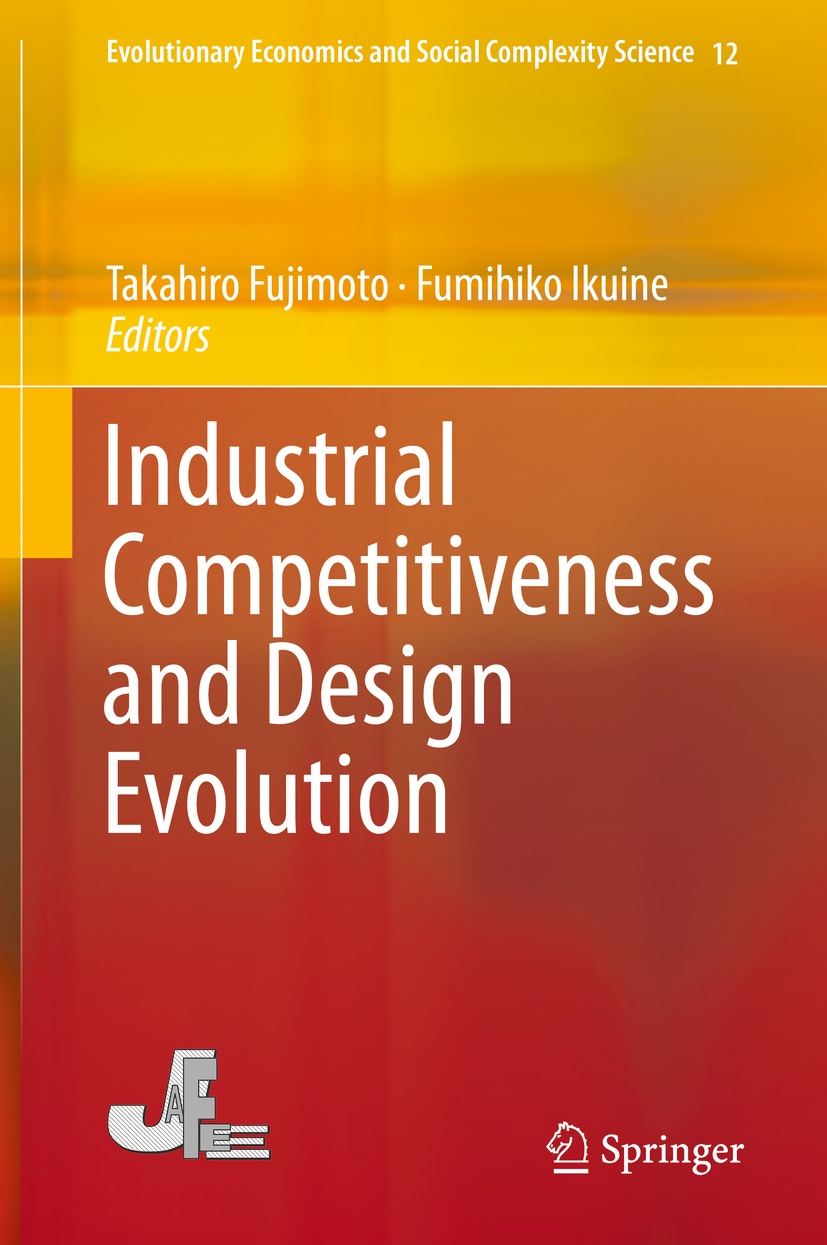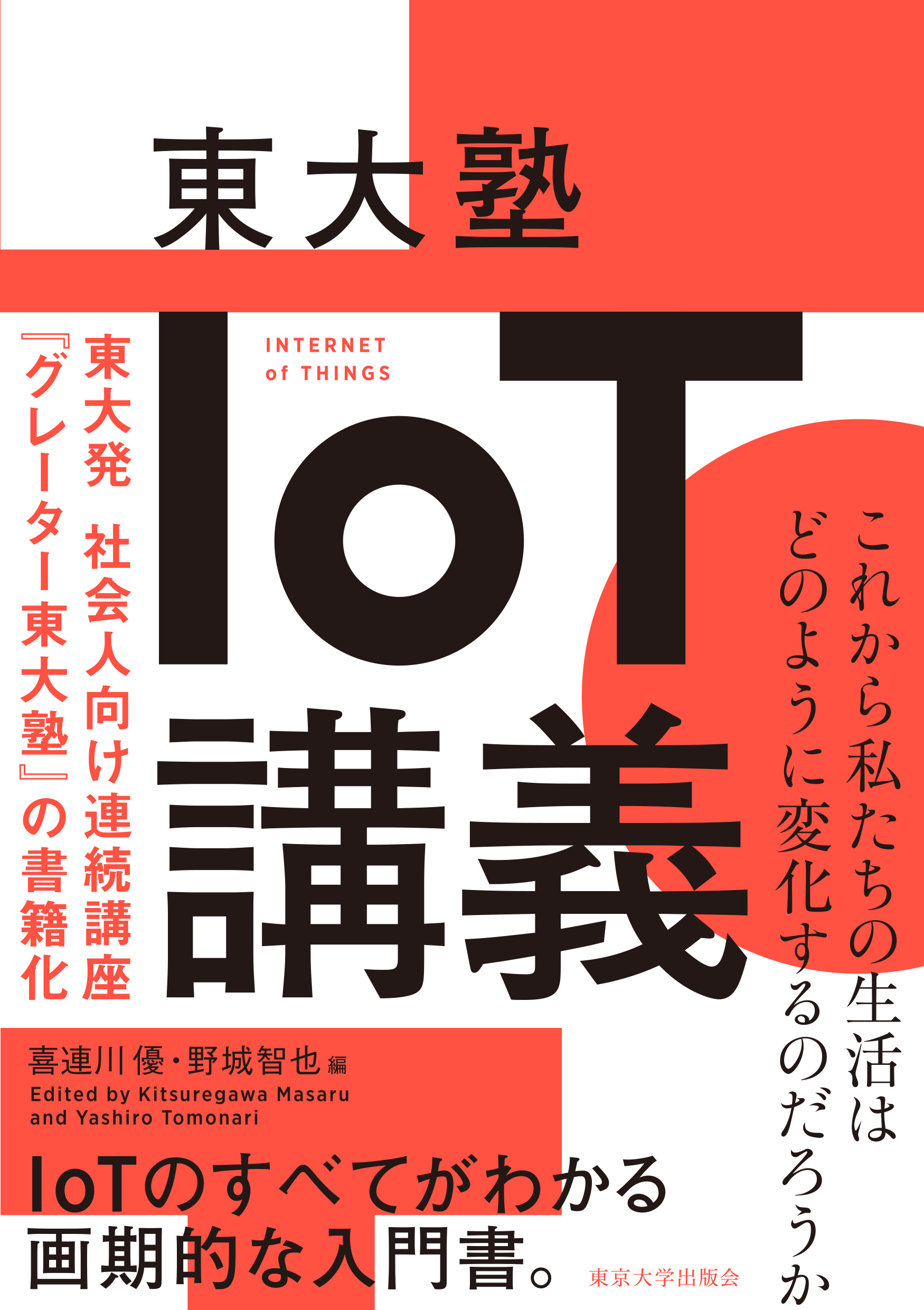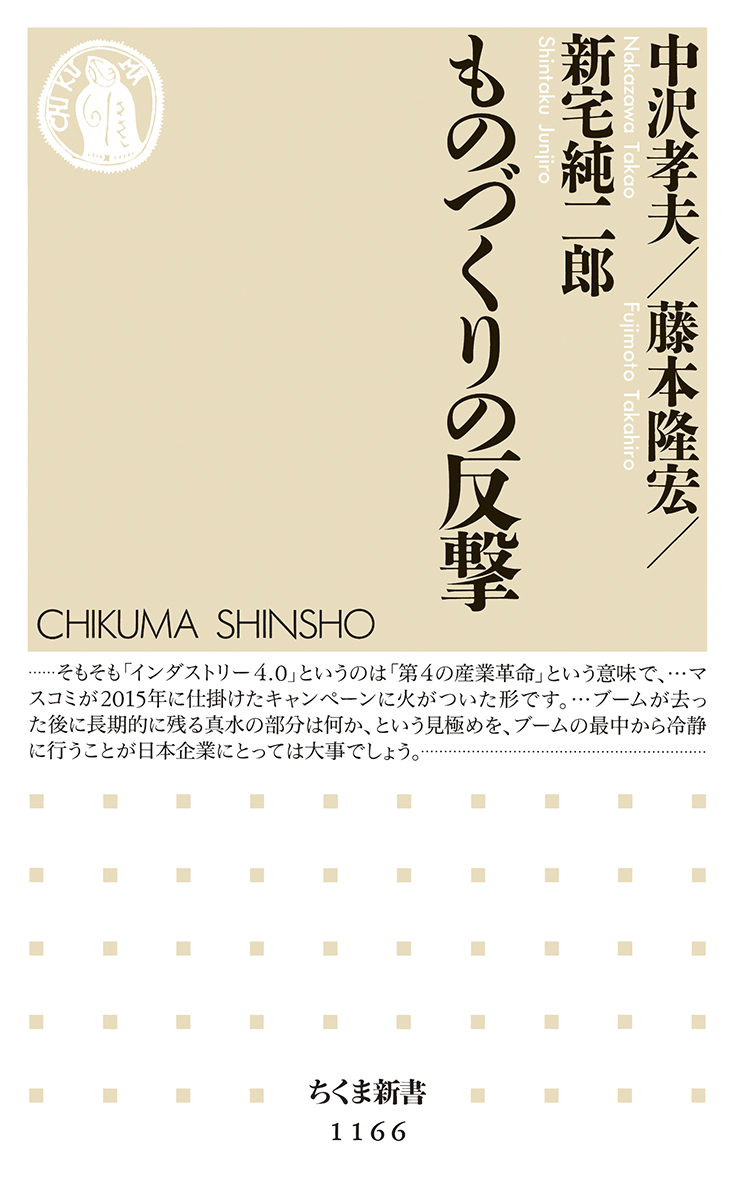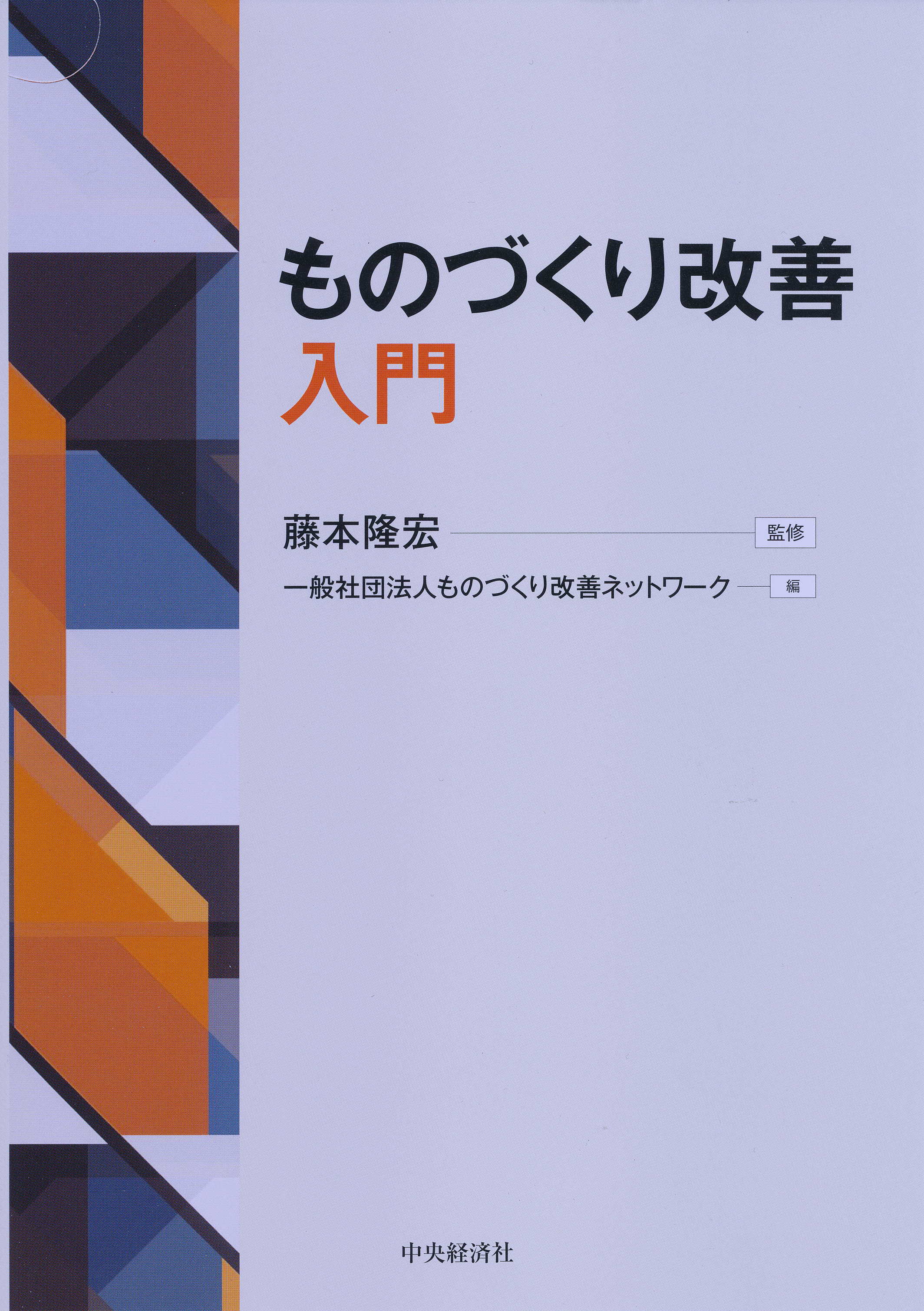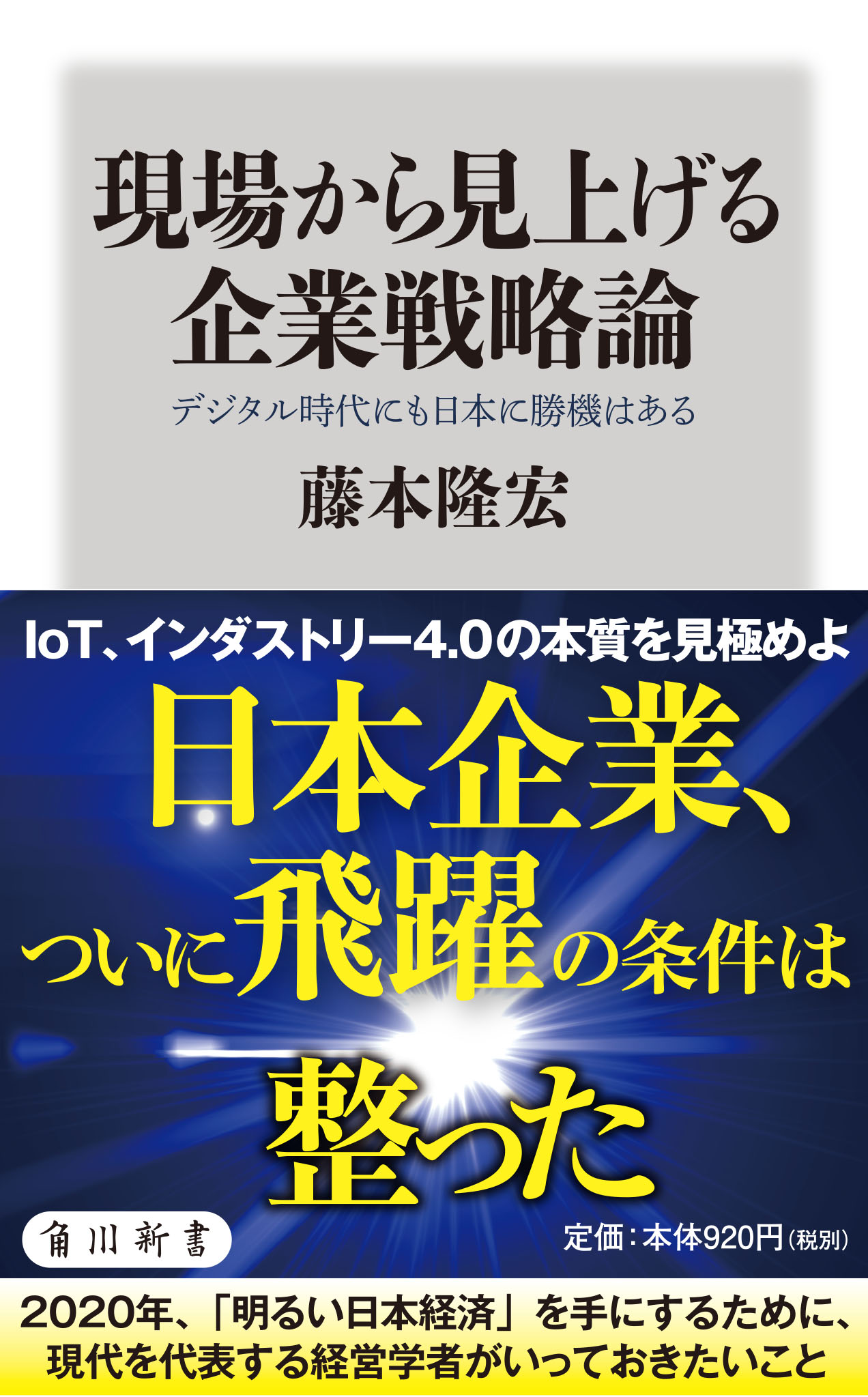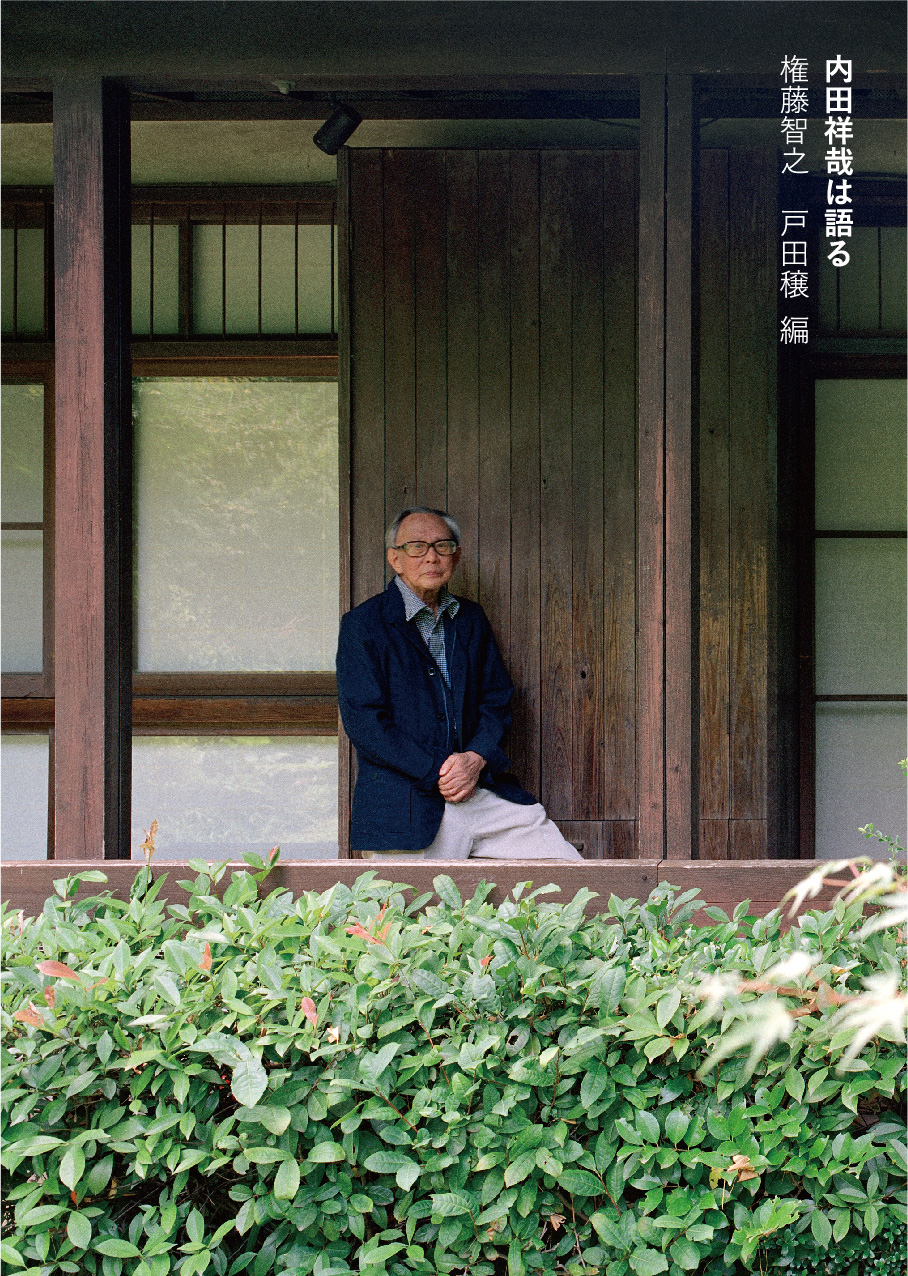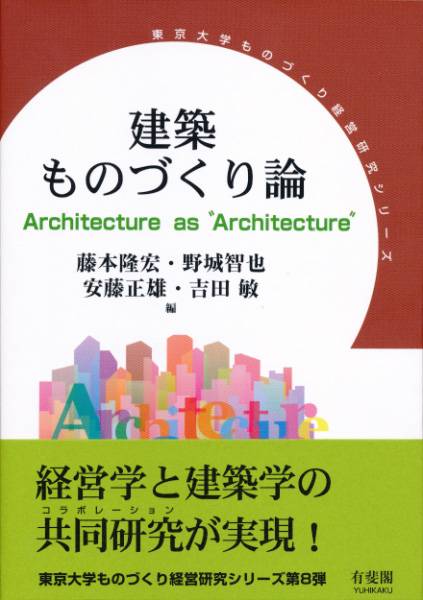
Title
University of Tokyo Manufacturing Management Research Series Kenchiku Monozukuri-Ron (Architecture as “Architecture”)
Size
508 pages, A5 format, softcover
Language
Japanese
Released
July, 2015
ISBN
978-4-641-16414-7
Published by
Yuhikaku Publishing
Book Info
See Book Availability at Library
Japanese Page
This book is an academic work made possible through the collaboration of scholars of architecture (Yashiro, Ando, Yoshida, and Shide) and management and economics researchers (Fujimoto, Tomita, Watanabe, Mukai, and Mori). It is a compilation of years of regular discussion that took place in the Institute of Industrial Science and the Manufacturing Management Research Center, both belonging to the University of Tokyo. It has also received the 2017 Architectural Institute of Japan Book of the Year Award.
In this work, we reinterpret the building industry, usually viewed as a special sector, from the new perspective of manufacturing in a broad sense to gain new knowledge. Such manufacturing here means a series of economic activities creating customer satisfaction and added value through a flow of design information bearing such added value. Design means ideas and information related to the (1) function, (2) structure, and (3) processes of human-made items such as buildings and products before they are realized, as well as to relationships among these three items.
In the architecture (design philosophy) of buildings and products, there is an integral type, in which functional elements and structural elements are associated with each other in a complex many-to-many relationship and a simple modular type, in which these elements are in a one-to-one relationship. Japanese buildings and products, however, tend to be more of the integral type than their counterparts in the West.
This book is composed of three sections, with Section 1 presenting the basics behind its title. In Chapter 1, Fujimoto elucidates the basics of the relationship between a broad manufacturing theory and buildings. In Chapter 2, Ando uses the concept of relative rent to argue that Japanese buildings have an integrated architectural nature. In Chapter 3, Yoshida presents the value creation process to realize functionality in building design and construction. Finally, in Chapter 4, Yashiro advocates analyzing buildings from the aspect of functionality (services) for customers, as opposed to a structural (product) aspect.
Section 2 develops an architectural theory for buildings. In Chapters 5 and 6, Yoshida and Ando categorize the simple build-to-order building construction process to study the integral nature and modularization possibilities of Japanese buildings. In Chapter 7, Shide and Fujimoto discuss architectural positioning strategies by area, including houses, condominiums, factories, and offices.
Section 2 studies the realization of value, an issue faced by the Japanese building industry, or, in other words, the balance between customer satisfaction and profit earning. In Chapter 8, Tomita conducts case analyses by main area of multi-layered customer systems in the construction industry. Next, in Chapter 9, concerning the characteristics of price setting in the individual drawing system construction industry, Mukai and Fujimoto argue that it is difficult to link price to function. Chapter 10 (Watanabe, Mori, and Mukai) applies game theory and information economics to assert that the role of third parties alleviating information asymmetry is important when there is increased uncertainty. In Chapter 11, Yashiro and Fujimoto assert that organizations suitable for the design and construction of large human-made objects are round-table systems that manage such complex projects, rather than heavyweight product manager systems effective for such products as cars.
This book proposes that the construction industry set prices in response to functionality for buildings as emergent sources of potential services and not in the conventional fashion by tsubo unit prices in response to building structure.
(Written by FUJIMOTO Takahiro, Professor, Graduate School of Economics / 2019)
Related Info
AIJ Prize (Architectural Institute of Japan) 2017
https://www.aij.or.jp/eng/prizes/prize/prize17.html



 Find a book
Find a book


 eBook
eBook